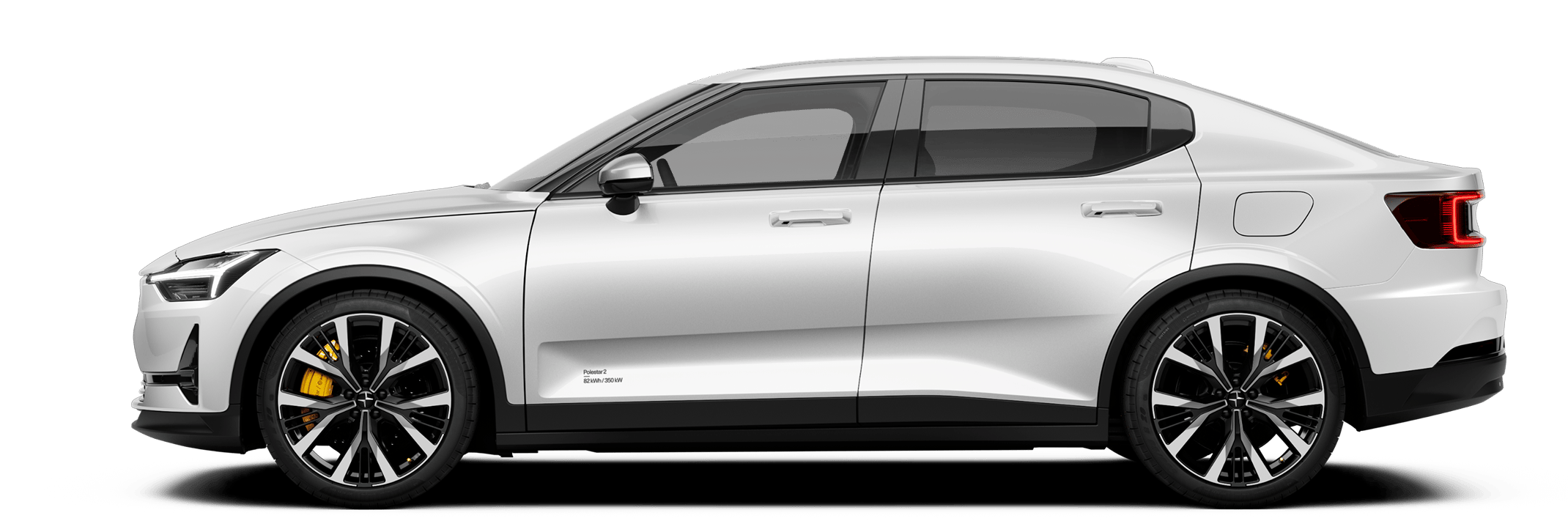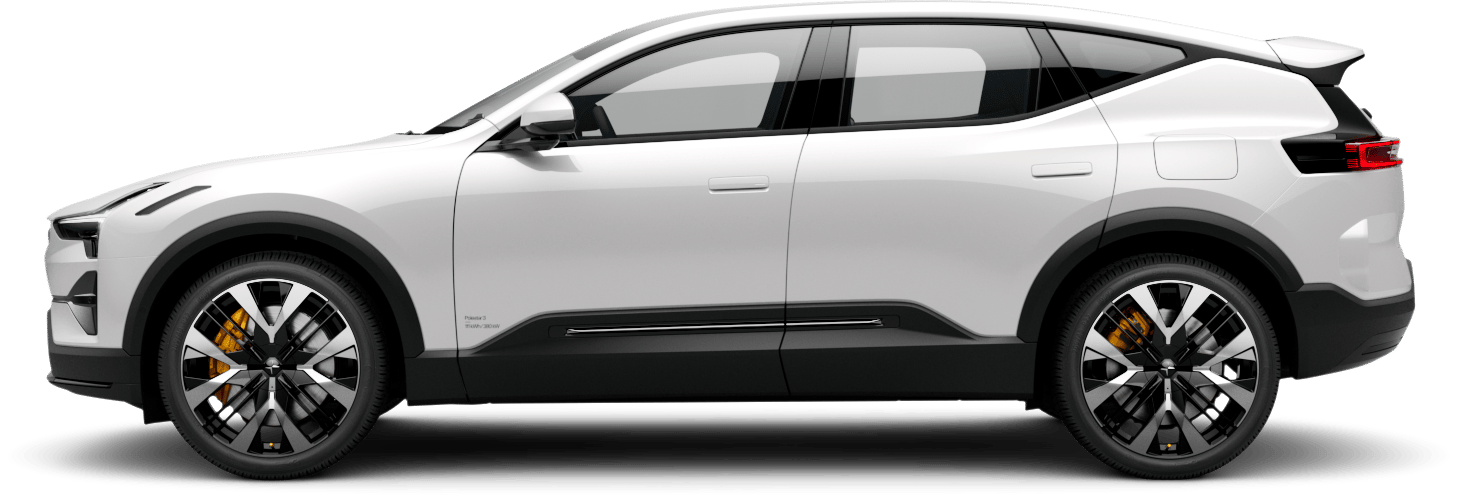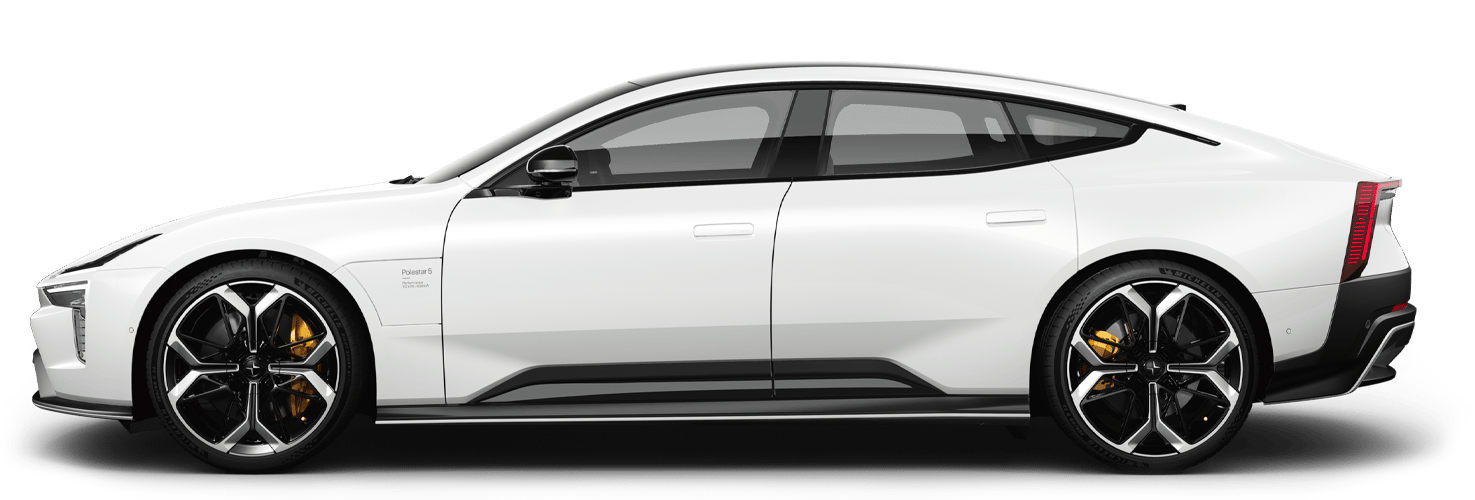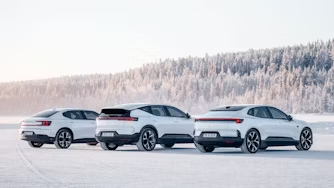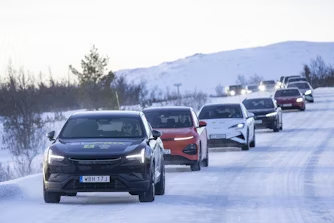Polestar 0 project: starting and ending with zero
The automotive industry needs a complete overhaul. And we’re on a quest to find out what we can build upon, and what needs to go. Because as we see it, the new beginning for automotive starts and ends with zero.
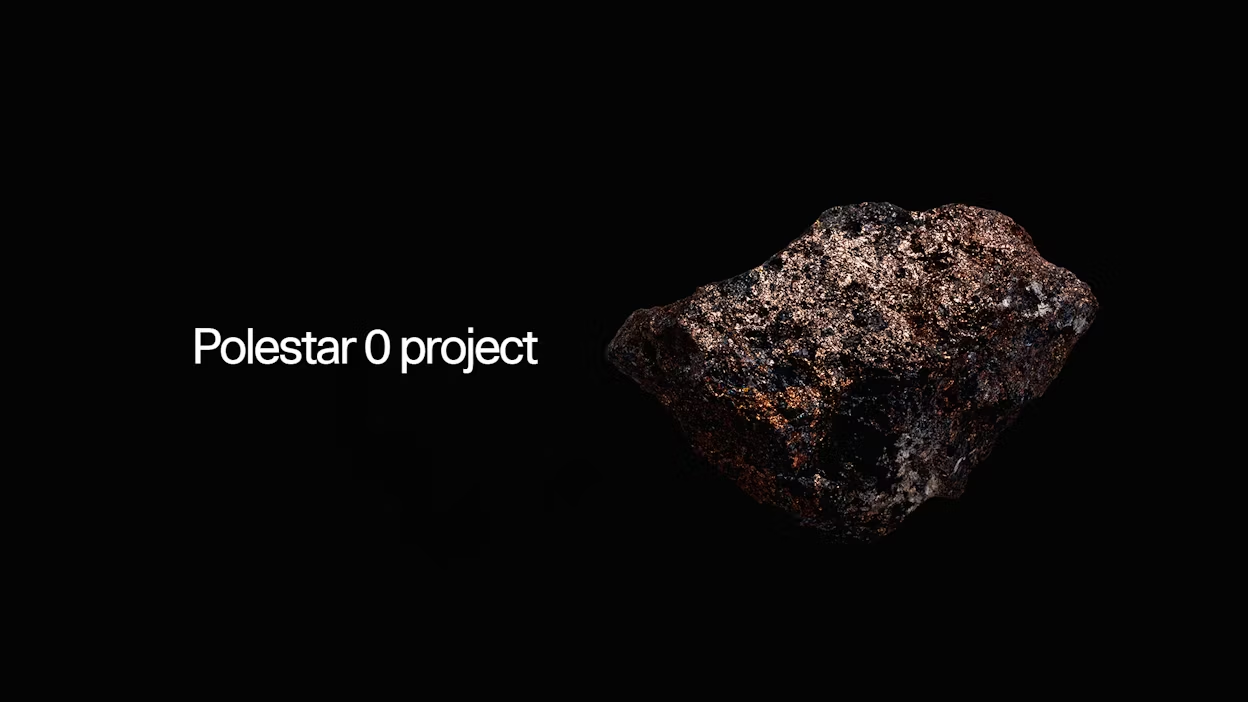
We’re in the business of zero and nothing else.
It’s not all bad, though. Groundbreakers, trailblazers, and innovators are found both within and outside the automotive industry and are helping us reach our moonshot goal of creating a truly climate-neutral production car by 2030.
But it’s not all good either. Our industry, like many parts of society, relies on processes that have been refined over centuries to serve the requirements of modern products. Many of which are dependent on crude oil, natural gas, and coal, with greenhouse gas emissions as a result. Only by rethinking the ways of material development can we find new solutions that are completely free from greenhouse gas (GHG) emissions.
The dedicated Polestar 0 team, led by Hans Pehrson, is continuously looking for partners ready to turn a carbon-reliant industry on its head, either through innovation or by recasting great inventions to produce the same results but without GHG emissions.
“If processes can be re-invented to become completely free from greenhouse gas emissions, we should seek to transform them. Processes that cannot, at this point, be transformed to become emissions free will require more focused research, while processes that cannot be transformed must simply be left behind. We’re in the business of zero and nothing else,” comments Pehrson, Head of Polestar 0 project.
The team is currently looking to find more partners who deal with the most elementary building blocks of material development to join the Polestar 0 project. This includes everything from raw material extraction to risk materials, bio-based chemicals and polymers, electronic components, noble gases, and other base materials.
Potential collaborators will work with the dedicated Polestar 0 task force on finding innovative solutions to decarbonise the complete production of the car, including processes of extracting and refining material for battery production.
Since the launch of the project in 2021, two calls for collaboration have been issued, with the latest aimed at finding partners within mining, bio-based materials, and high-end man-made materials. Since the latest call in September, several industry leaders have joined the moonshot mission, including Autoneum, Schlötter, Vitesco Technologies, Stora Enso, TMG Automotive, Gränges, Borgstena and Stena Aluminium.
“Throughout this process of finding collaborators, my belief in the success of this project has repeatedly been reaffirmed. It’s become clear that there is immense potential to tap into around the globe,” Pehrson states. “And if we come together to focus our efforts on our common challenges, the solutions are bound to bear significance beyond the car industry.”
We’ve initiated a reset of car making. While we don’t have all the answers yet, we know what isn’t working, and that a greener version of car manufacturing awaits. We also know that it is through visionaries, transformers, and innovators that we can reach our goal. A car that begins and ends with zero.
